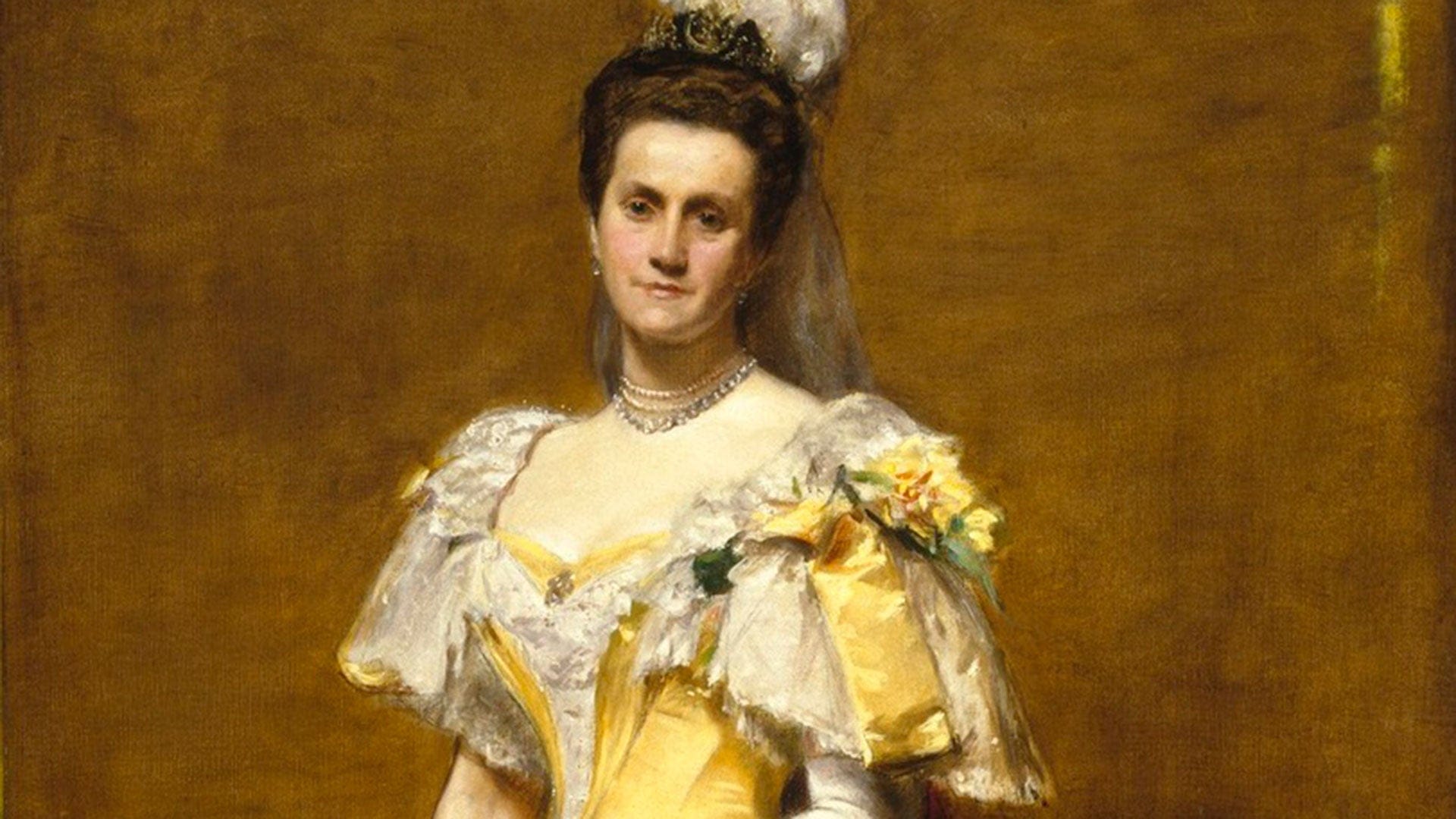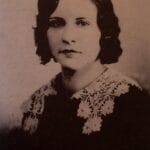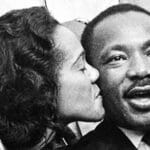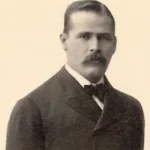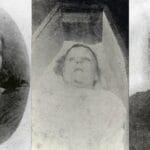Unveiling Emily Roebling’s Legacy: A Deep Dive into Her Brooklyn Bridge Contributions
Prepare to be amazed by the story of Emily Roebling, a woman who made history by helping to build the Brooklyn Bridge. Despite facing challenges and skepticism, Emily’s brilliance and resilience led her to play a crucial role in the creation of this iconic landmark. Get ready to discover the incredible tale of Emily Roebling, an unsung hero of engineering.
We’ve all seen pictures of the Brooklyn Bridge, that iconic landmark with its massive granite towers and elegant suspension cables. It’s a symbol of American ingenuity, but what many people don’t know is the incredible story of Emily Warren Roebling, the woman who played a crucial role in its construction.
Emily wasn’t just some bystander; she was a force to be reckoned with. As a woman in the 1800s, passionate about engineering in a time when women weren’t even allowed to vote, she was a trailblazer. Her thirst for knowledge led her to the Georgetown Visitation Academy, a rarity for women then, and this education laid the foundation for something truly amazing.
Her life took an unexpected turn when she met Washington Roebling, a brilliant engineer. They married in 1864, but little did she know she was about to embark on an incredible journey that would change her life and the course of history.
In 1869, Washington landed a huge job: Chief Engineer of the Brooklyn Bridge project. This ambitious undertaking would test the limits of what was possible. But tragedy struck. Washington became seriously ill with caisson disease, a debilitating condition caused by working in pressurized environments during the bridge’s construction.
This is where Emily’s story truly becomes remarkable. Instead of accepting defeat, she decided to step up. She became her husband’s eyes and ears on the construction site, immersing herself in the world of engineering. She likely spent countless hours studying complex topics like stress analysis and cable construction, determined to understand every detail of the bridge’s design.
Every day, she went to the construction site, relaying Washington’s instructions to the workers and making sure everything was on track. It’s easy to imagine the whispers and raised eyebrows, a woman on a construction site in those days! But Emily didn’t let it deter her. She knew what she was capable of and refused to let societal expectations hold her back.
Unsurprisingly, Emily faced a lot of pushback. Many people, even those in positions of authority, simply couldn’t accept a woman overseeing such a massive project. They doubted her abilities, questioned her every decision, and tried to undermine her authority at every turn.
But Emily persevered, fighting to keep her husband’s legacy alive and seeing the bridge through to completion. For fourteen long years, she poured her heart and soul into the project, overcoming obstacles that would have made even the most seasoned engineer falter.
And finally, in 1883, the impossible was achieved. The Brooklyn Bridge was finished. The sense of accomplishment Emily must have felt as she crossed that bridge for the first time, a symbol of her resilience and determination, must have been incredible.
Emily’s story isn’t just about bricks and mortar; it’s about the power of the human spirit, about breaking down barriers, and defying expectations. She proved that gender doesn’t limit your potential for greatness; with passion and determination, you can achieve anything.
So the next time you see a picture of the Brooklyn Bridge, remember Emily Warren Roebling, the woman who helped build it, brick by metaphorical brick. She’s a reminder that we are capable of amazing things if we dare to dream big and have the courage to pursue our passions, no matter the obstacles.
The Woman Who Saved the Bridge: Unveiling Emily Roebling’s Untold Engineering Triumph
Emily Roebling wasn’t just the wife of the Brooklyn Bridge’s chief engineer, Washington Roebling; she was the force that brought his vision to life. When Washington fell ill, Emily didn’t just step in – she stepped up, becoming a pivotal figure in building one of the most iconic landmarks of the 19th century.
This was a time when women weren’t even expected to understand engineering, let alone lead a massive construction project. But Emily didn’t let societal expectations hold her back. She dove headfirst into the intricacies of the bridge’s design, mastering complex engineering principles. We’re talking about stress calculations, material procurement, meticulous cable construction – the works! Emily became so well-versed in the project’s technicalities that some historians even suggest she may have contributed to its overall design.
But being a brilliant engineer wasn’t enough. Emily also had to manage a massive workforce, overcoming skepticism and prejudice from those who doubted her abilities. Yet, she persevered, inspiring the workers with her unwavering determination and finding creative solutions to unforeseen construction challenges.
Emily’s dedication to the Brooklyn Bridge went far beyond duty; it was a testament to her unwavering love for her husband and his dream. Her story reminds us that limitations are often self-imposed and that with passion and a refusal to back down, we can accomplish truly extraordinary things. Emily Roebling’s legacy isn’t just etched in the steel of the bridge; it’s a beacon of inspiration for women in STEM, proving that brilliance knows no gender.
Beyond Emily: The True Story of Hardship and Triumph Behind the Roebling Brooklyn Bridge
Emily Warren Roebling didn’t just help finish the Brooklyn Bridge, she became one of its most important heroes. This wasn’t her plan. When her husband, Washington Roebling, the bridge’s chief engineer, got very sick, Emily stepped in. Now, you have to imagine, back then, a woman leading a huge construction project like this? Unheard of! But Emily was no ordinary woman.
She dove headfirst into the world of bridge building. She learned all the complicated math, understood how those massive cables worked – basically, she became an expert. This wasn’t just about relaying messages; Emily made crucial decisions that ensured the bridge was as strong as it was beautiful.
Of course, it wasn’t easy. Many men in the field doubted her. They thought a woman couldn’t handle such a tough job. But Emily didn’t back down. She fought for the bridge every step of the way, navigating tricky politics, calming a worried public, and even making sure the money kept coming in. Talk about a leader!
When the Brooklyn Bridge finally opened in 1883, it was a victory not just for a city, but for women everywhere. Emily Roebling had shown the world what women could achieve, even in fields that men considered their own. The bridge stands today as a symbol of her hard work, her courage, and her incredible mind.
Here’s a thought from someone who knows a lot about this:
“Emily Roebling’s story is a testament to the indomitable spirit of women and the power of determination in the face of adversity.” – Dr. Martha S. Jones, Architectural Historian
What Dr. Jones said rings so true. Emily’s story is a powerful reminder that we should never underestimate anyone’s abilities, no matter who they are or where they come from.
Beyond the Legend: The Untold Story of the Brooklyn Bridge’s Engineers
So, we all know the Brooklyn Bridge is iconic, right? But have you ever stopped to think about the masterminds behind this engineering marvel? It wasn’t just one person but a whole family affair spanning three generations of Roeblings!
This ambitious project was first dreamt up by John A. Roebling, already a big name in the world of suspension bridges. He wasn’t going to do it alone, though. He gathered a dream team of brilliant engineers, including his son, Washington Roebling, who would later take the reins.
Tragically, John Roebling passed away in 1869 due to an accident at the construction site. It was a huge blow, but Washington, determined to see his father’s vision through, stepped up as Chief Engineer. This was when things got really tough.
Imagine this: you’re in charge of one of the most complex construction projects of the century, and then you get hit with caisson disease, a debilitating illness caused by working in high-pressure environments. That’s exactly what happened to Washington. Confined to his home, he might have given up, but he had a secret weapon: his wife, Emily Warren Roebling.
Emily wasn’t just a supportive spouse; she was about to become a legend. She jumped headfirst into the nitty-gritty of the project, teaching herself engineering and working directly with the team. She wasn’t just relaying messages from Washington; she was solving problems, making crucial decisions, and earning the respect of everyone involved.
Together, the Roeblings faced it all: money troubles, political roadblocks, and the sheer danger of building something so grand. But they never backed down. Finally, in 1883, after 14 years of blood, sweat, and tears, the Brooklyn Bridge was finished. It was a defining moment in history, and Emily Roebling, the woman who held it all together, was the first to cross it.
The Brooklyn Bridge isn’t just a bridge; it’s a monument to the Roebling family’s genius, tenacity, and love. It proves that incredible things happen when talent and determination collide.
Key Takeaways:
- The Brooklyn Bridge was a family effort, with contributions from three generations of Roeblings.
- John A. Roebling got the ball rolling with his vision and innovative suspension bridge design.
- Washington Roebling bravely led the toughest part of construction but was sidelined by caisson disease.
- Emily Warren Roebling stepped up, not just as a messenger, but as a key decision-maker and engineering whiz.
- The Brooklyn Bridge’s completion in 1883 is a testament to the Roeblings’ unwavering spirit and engineering brilliance.
Beyond the Bridge: Unveiling Emily Roebling’s Final Resting Place and Enduring Legacy
Emily Warren Roebling, the incredible woman who helped build the Brooklyn Bridge, rests in Cold Spring Cemetery in New York. It’s a peaceful place, a fitting tribute to someone who achieved something truly remarkable. You see, Emily wasn’t just married to the bridge’s chief engineer, Washington Roebling. When he got sick, she stepped up. She became his eyes and ears on the project, learning everything about engineering and managing the construction.
Can you imagine the challenges she faced back then? It was the late 1800s, and a woman leading a project of that scale was unheard of! But Emily persevered, and because of her strength and knowledge, the Brooklyn Bridge was finished in 1883. Even though her husband received much of the credit initially, we now know that Emily played a huge part in its success. She’s now recognized as one of the most important engineers in American history, her story inspiring women in science and technology fields even today.
It’s amazing to think that for a long time her contributions were overlooked. But thankfully, history has revealed the truth. Now, when people visit her grave in Cold Spring Cemetery, they remember Emily not just as a wife but as a trailblazer, a woman who broke barriers and helped build an American icon.
Key Points:
- Emily Warren Roebling played a crucial role in the construction of the Brooklyn Bridge.
- Despite being a woman in the 1800s, she was a force to be reckoned with, having attended Georgetown Visitation Academy and possessing a passion for engineering.
- When her husband, Washington Roebling, became ill with caisson disease, Emily took over as his eyes and ears on the construction site.
- She immersed herself in engineering, studying complex topics and ensuring the project stayed on track.
- Emily faced significant pushback from many who doubted her abilities due to her gender.
- Undeterred, she persevered and overcame obstacles for fourteen years, seeing the bridge through to completion in 1883.
- Emily’s story highlights the power of the human spirit, the ability to break down barriers, and the belief that anything is possible with passion and determination.
Jesse K. Timmendequas, who was born in Illinois, was one of the notorious outlaws of the old west. Read more about Jesse K. Timmendequas.
Harry Longabaugh is a famous outlaw in the American old west.
Adam Omieczyński is a Polish-born man who is wanted for murdering his parents and two others in New Jersey. After being arrested in Poland, he was sentenced to life in prison. Read more about Adam Omieczyński.
- Discover the Borough of Frenchtown, NJ: A Delaware River Town Blending History, Art & Nature - November 22, 2024
- Discover Clarks Grove, MN: A Small Town with a Big Heart - November 22, 2024
- Califon Borough, NJ: A Small Town with a Big Heart (and Rich History) - November 22, 2024
